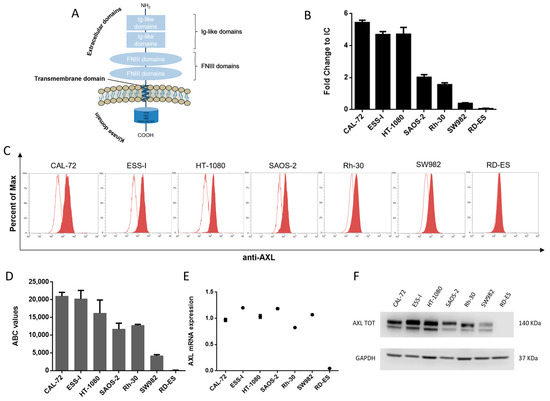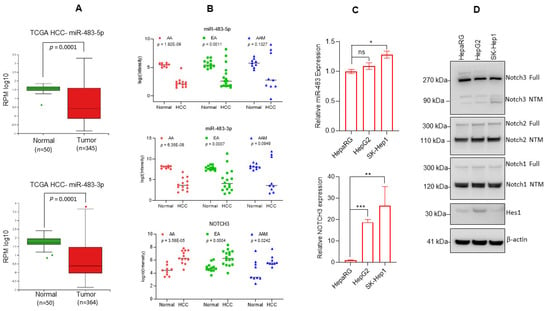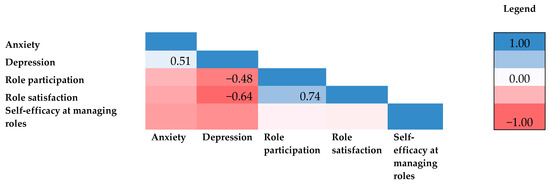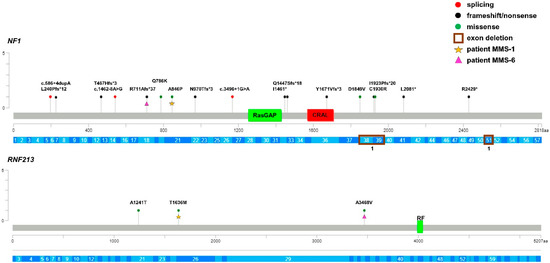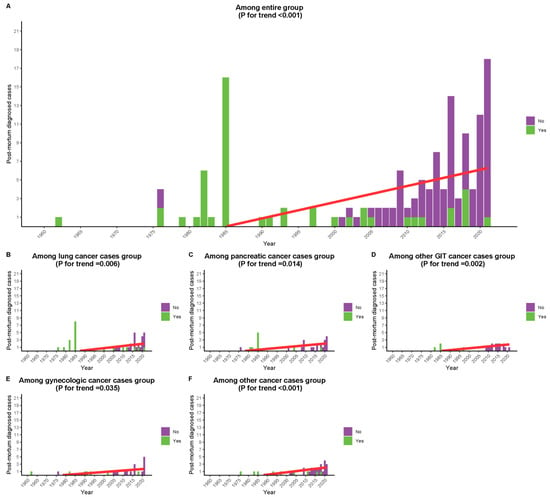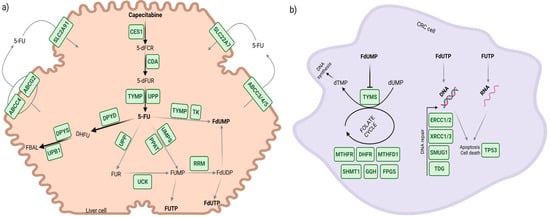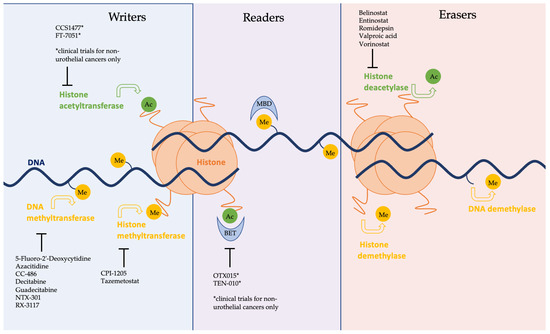Cancers 2023, 15(6), 1647; https://doi.org/10.3390/cancers15061647 - 8 Mar 2023
Cited by 2 | Viewed by 3310
Abstract
Sarcomas are heterogeneous malignancies with limited therapeutic options and a poor prognosis. We developed an innovative immunotherapeutic agent, a first-in-class Pronectin™-based Bispecific T-Cell Engager (pAXL×CD3ε), for the targeting of AXL, a TAM family tyrosine kinase receptor highly expressed in sarcomas. AXL expression was
[...] Read more.
Sarcomas are heterogeneous malignancies with limited therapeutic options and a poor prognosis. We developed an innovative immunotherapeutic agent, a first-in-class Pronectin™-based Bispecific T-Cell Engager (pAXL×CD3ε), for the targeting of AXL, a TAM family tyrosine kinase receptor highly expressed in sarcomas. AXL expression was first analyzed by flow cytometry, qRT-PCR, and Western blot on a panel of sarcoma cell lines. The T-cell-mediated pAXL×CD3ε cytotoxicity against sarcoma cells was investigated by flow cytometry, luminescence assay, and fluorescent microscopy imaging. The activation and degranulation of T cells induced by pAXL×CD3ε were evaluated by flow cytometry. The antitumor activity induced by pAXL×CD3ε in combination with trabectedin was also investigated. In vivo activity studies of pAXL×CD3ε were performed in immunocompromised mice (NSG), engrafted with human sarcoma cells and reconstituted with human peripheral blood mononuclear cells from healthy donors. Most sarcoma cells showed high expression of AXL. pAXL×CD3ε triggered T-lymphocyte activation and induced dose-dependent T-cell-mediated cytotoxicity. The combination of pAXL×CD3ε with trabectedin increased cytotoxicity. pAXL×CD3ε inhibited the in vivo growth of human sarcoma xenografts, increasing the survival of treated mice. Our data demonstrate the antitumor efficacy of pAXL×CD3ε against sarcoma cells, providing a translational framework for the clinical development of pAXL×CD3ε in the treatment of human sarcomas, aggressive and still-incurable malignancies.
Full article
(This article belongs to the Special Issue Advances in Soft Tissue and Bone Sarcoma)
►
Show Figures
